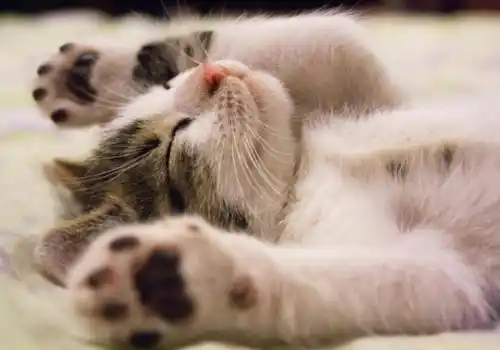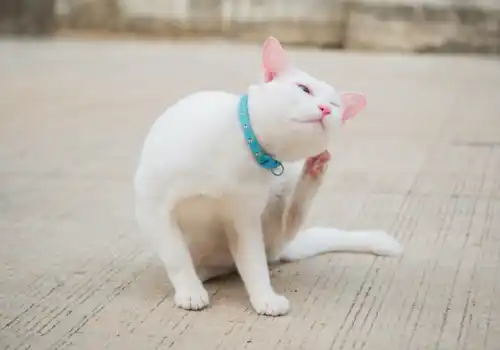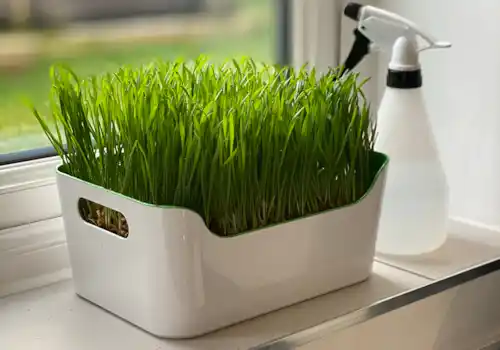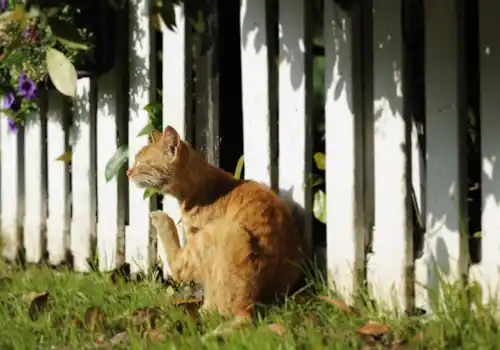Bringing a new kitten home can be a bit of a shock to the system for your cat. Make sure you introduce your kitten carefully to ensure they both get off to the best possible start.
Introducing a new kitten to a household can be stressful, for all concerned. Resident cats will already have established territory and an introduction that is not managed carefully can lead to problems like chronic stress and fights over resources. However, when done in the right way, socialising your kitten should be a positive experience. A variety of sights, sounds, smells and company can acclimatise your new arrival to the unexpected!
Introducing a new kitten can be easier as adult cats tend not to view a youngster as a challenge. Kitten body language and movements are less threatening and they have yet to adopt territorial and competitive instincts. A little bit of extra effort in the initial stages should make for a happy relationship in the future.
Steps on how to introduce a kitten to your cat
1. Plan ahead
Think about personalities when choosing a new kitten; choose a character that will get on with your existing cat. Firstly, make sure that your older cat's routine and core area are changed as little as possible. Set up a sanctuary area for the newcomer with everything he needs, but choose this location carefully as it is crucial not to invade your existing cat's favoured area. Try to associate the kitten's arrival with something very positive such as a good supply of special food treats, but minimise the impact of any scent you transfer on your hands and clothing at first.
2. Look out for signs of stress
Stress due to group living can cause cats to spray urine indoors and develop feline cystitis (inflammation of the bladder). Some cats may over-indulge in normal behaviours such as grooming, sleeping and eating, or even choose to leave home. Keep a close eye on this and ensure if you see any of these signs, you follow steps to help reduce stress for both your cat and new kitten.
3. Cut out the competition
It's important to eliminate competition by ensuring each cat has his own litter tray, plus at least one 'spare' food bowl, bed, hiding place and scratch post.
4. The smell of success
Your home will have a scent 'profile' which is familiar and reassuring to your resident cat. You need to incorporate the scent of the new kitten into the acceptable household profile. Stroking your cat and the kitten regularly and swapping bedding will enable the kitten's smell to become familiar. Once the kitten is settled, use separate cloths and wipe both cats to pick up their scents. When you feed and interact with each, produce the other's cloth and gauge their reactions. Again try to associate this with something good. Continue until neither seem concerned about the other's scent. Mix the cloths together and repeat the procedure, then rub the combined odours at cat height on furniture and on your clothes.
5. The first meeting
It might be wise to use a kitten pen initially, in a room that isn't favoured by your resident cat. Once they both appear calm in close proximity, you can open the cage and allow your kitten to mix freely, although contact should still be supervised. Go as slowly as is needed for your cats to react positively to this, then when your older cat is outside or asleep in a closed room, let the kitten out, making sure he can quickly scuttle back into his refuge if he needs to. Prepare by placing cardboard boxes for him to hide inside in open areas. Remember, a multi-cat home needs lots of elevated refuges. When you start close contact introductions, keep them short and sweet by having the means to distract the cats away from each other. It's ideal if you can play with the kitten at one end of a hallway with your older cat looking on from a distance. Progress steadily but slowly and supervise any interactions. You also need to make sure that the youngster doesn't pester your older pet by providing interesting playthings and entertaining him.
The important thing is to have realistic expectations, both in terms of the sort of relationship they are likely to form and how long it will take them to achieve this. In time and with patience introducing a kitten to your cat should make for a happy relationship between the two cats.









